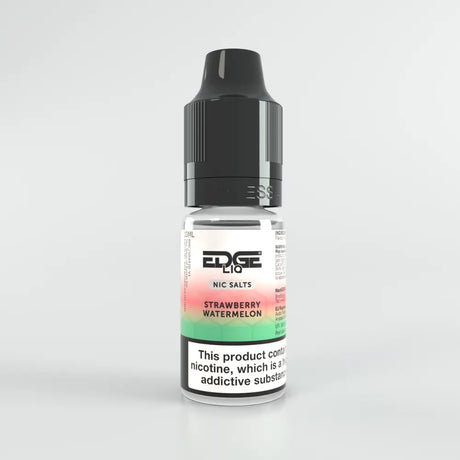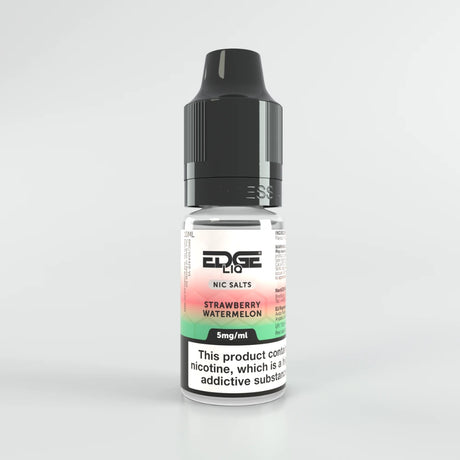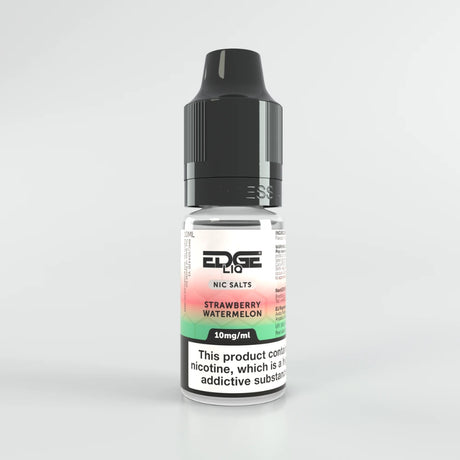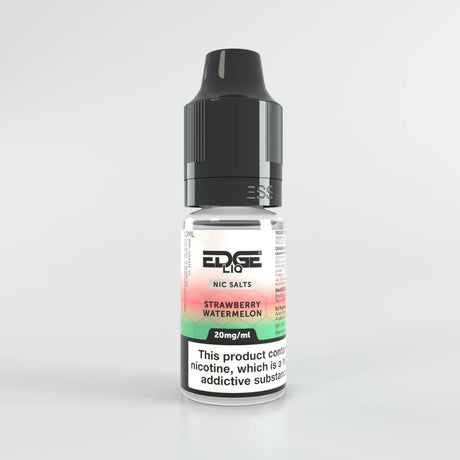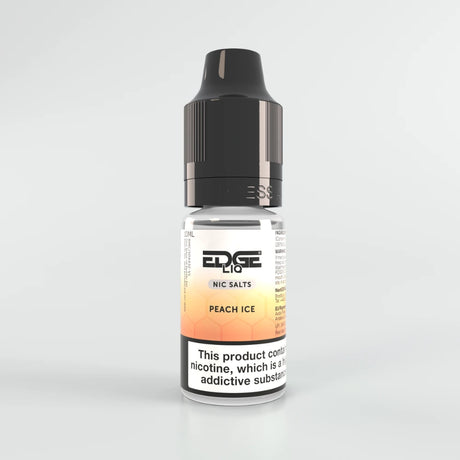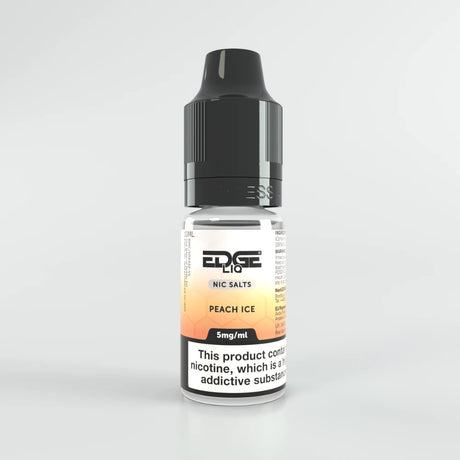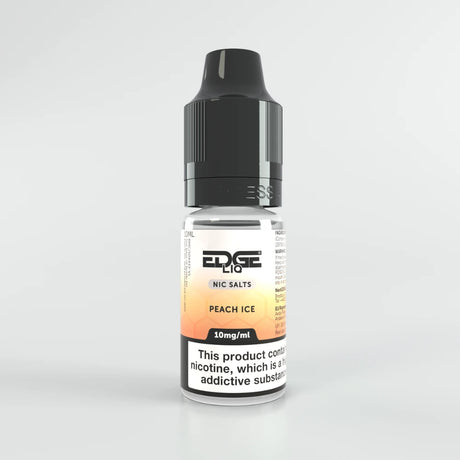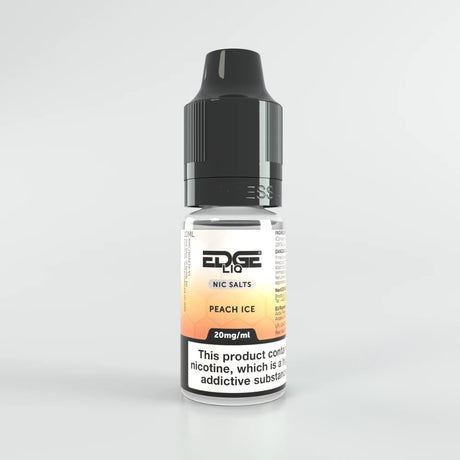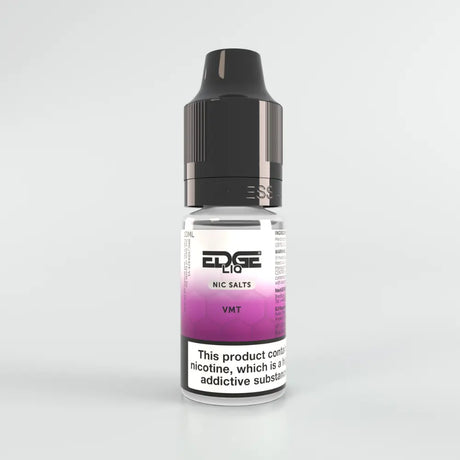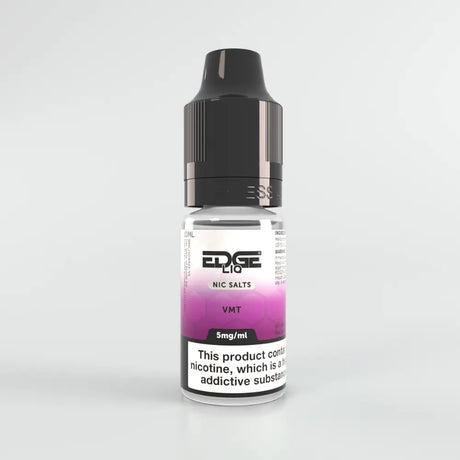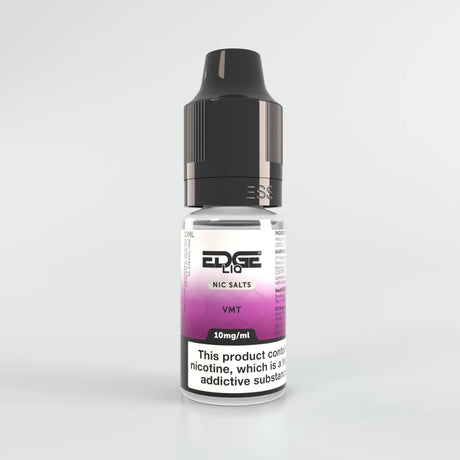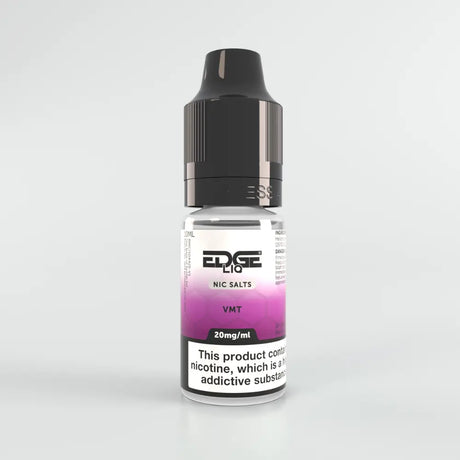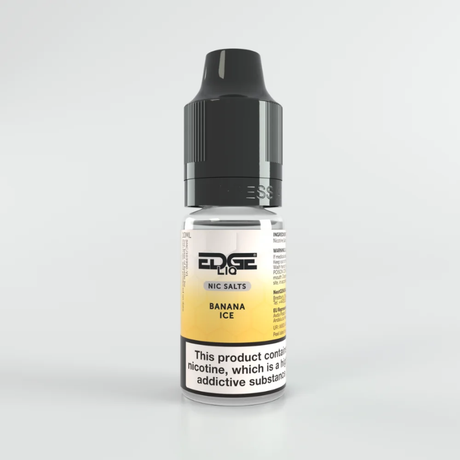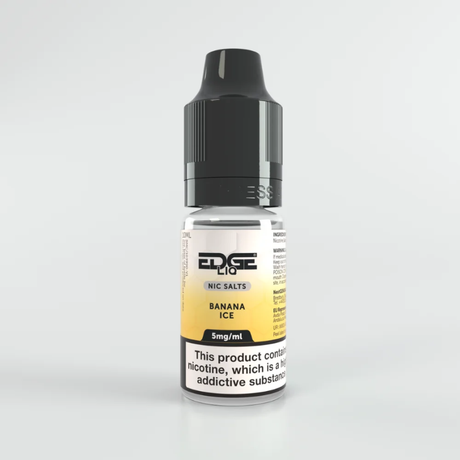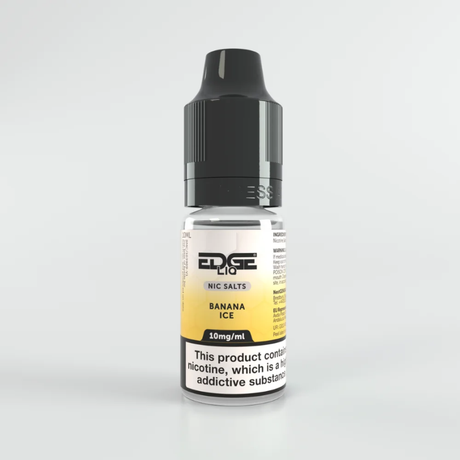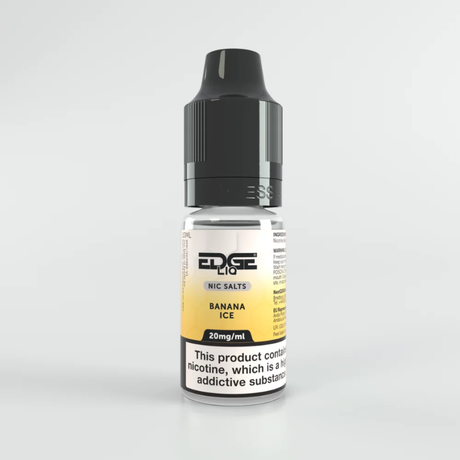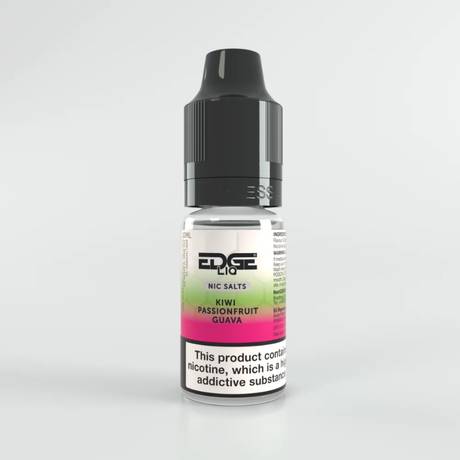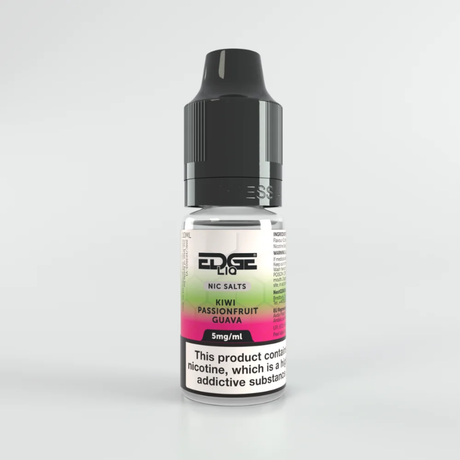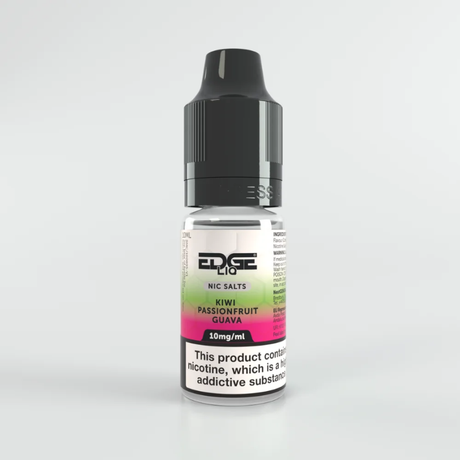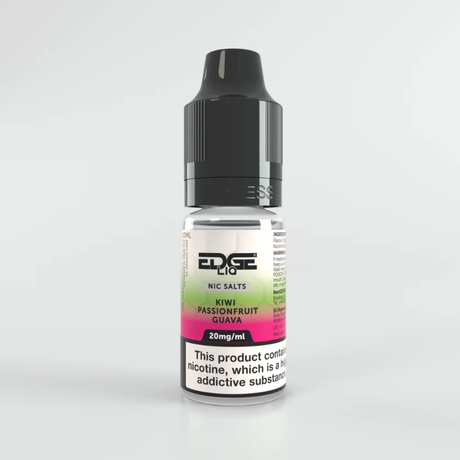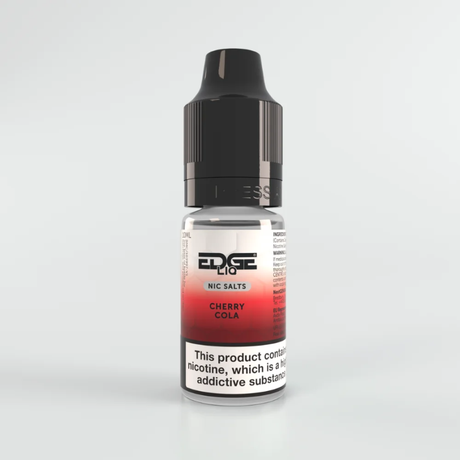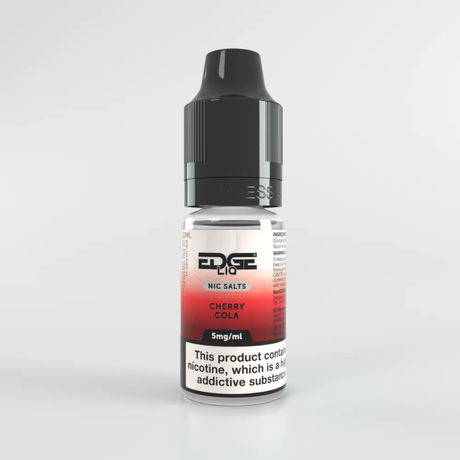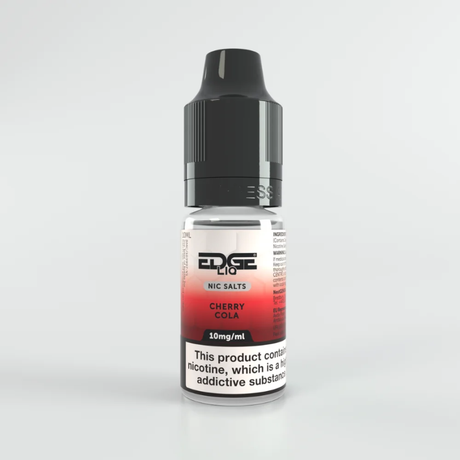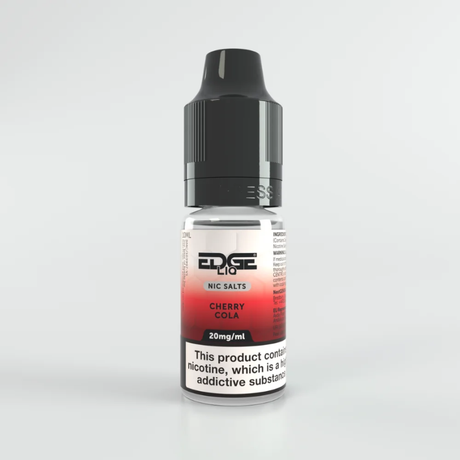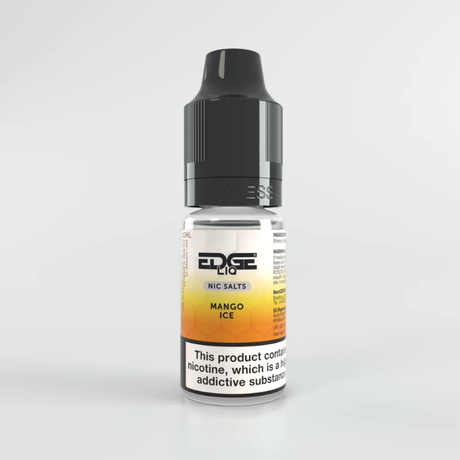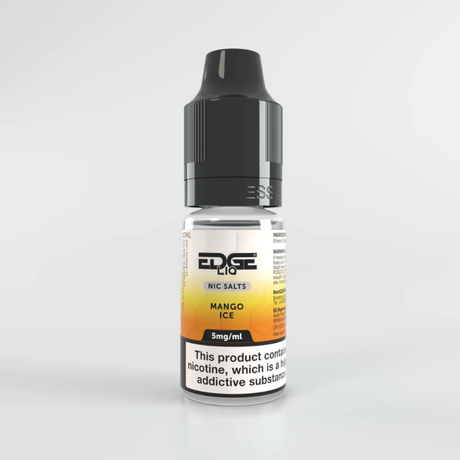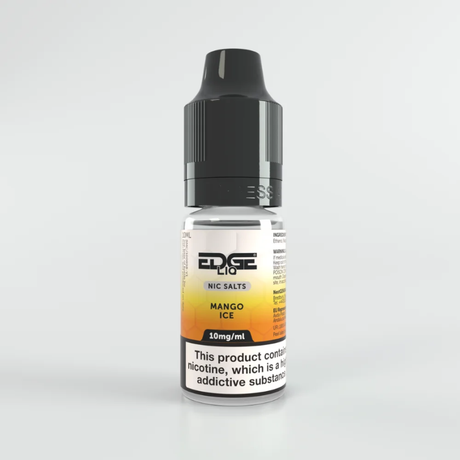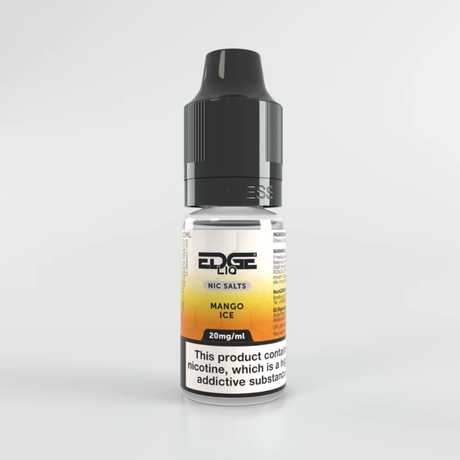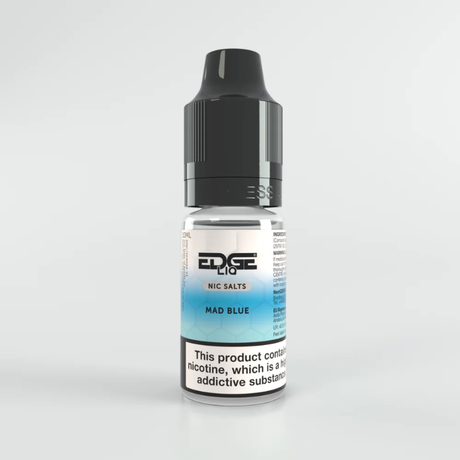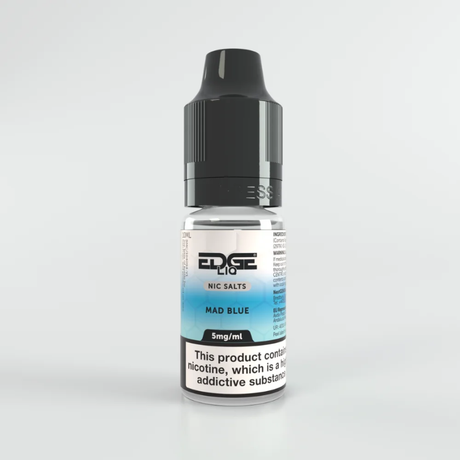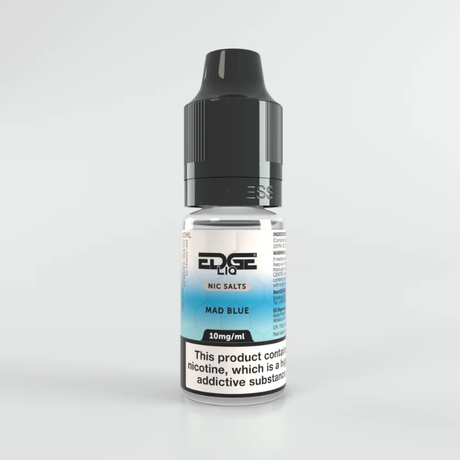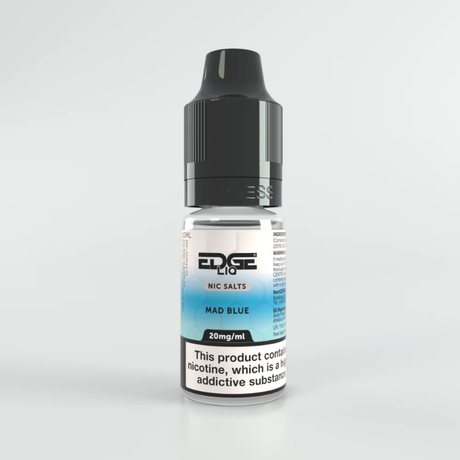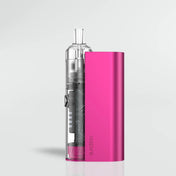The Journey of Nicotine Reduction
Nicotine reduction is a goal many smokers and even vapers consider for their health. The path to quit or reduce nicotine intake can take various forms. Some want to quit tobacco entirely and choose to go "cold turkey" from smoking, a method known for its significant challenges but proven possible. Others explore alternatives designed to help wean them off their nicotine dependence. Such as nicotine replacement therapy (NRT) like nicotine pouches, nicotine gum, or the increasingly popular option, vaping.
Regardless of the chosen route, understanding the complexities of nicotine is essential. Ultimately, nicotine is an addictive substance, and while individual experiences during cessation vary, preparing for nicotine withdrawal is crucial.
Beyond the addictive nature of nicotine, other factors are influenced by your chosen cessation method. Even for an ex-smoker who doesn't opt for vaping, the body undergoes changes worth noting before embarking on this journey.
This blog post will explore the smoking cessation process and nicotine reduction based on information from reputable sources like the NHS, Bupa, and Action on Smoking and Health (ASH). Feel free to explore the source material via the provided links or our source list at the end of the article.
We will also draw upon our experience as a vaping company, with numerous staff members who transitioned from smoking to vaping. Additionally, read the success stories shared by real people who used EDGE nicotine products to achieve their goals of quitting or reduction in nicotine.
A Typical Timeline After Quitting Smoking
For a smoker who has managed to quit, a general timeline of physiological changes can be observed. However, it's vital to remember that individual experiences will differ, and this should be viewed as a general guide only. The method used to quit (cold turkey, vaping, NRT, etc.) can influence this timeline.
The NHS indicates that upon stop smoking, you can generally expect the following:
-
After 20 minutes
Your pulse rate will return to a normal level.
-
After 8 hours
Your body's oxygen levels begin to recover, and the carbon monoxide level of nicotine in your blood will have halved.
-
After 48 hours
All carbon monoxide should be flushed from your bloodstream. You might experience a temporary chesty cough as your lungs clear out mucus. Your sense of taste and smell will also start to improve.
-
After 72 hours
Breathing should become easier as your bronchial tubes relax. Energy levels are also likely to increase.
-
After 2 to 12 weeks
Your circulation will have significantly improved, making it easier for blood to reach your heart and muscles.
-
After 3 to 9 months
Any coughing, wheezing, or breathing difficulties should lessen as your lung function increases by approximately 10%.
-
After 1 year
Your risk of a heart attack is now half that of a current smoker.
-
After 10 years
Your risk of lung cancer and potentially death is halved compared to someone who continues to smoke.
Nicotine Reduction As A Vaper: The Aid of Nicotine Salt E-Liquids
Vaping has emerged as a prominent option for smokers aiming to quit (as evidenced by ASH data). Numerous factors contribute to its popularity, and substantial data supports its potential as a help you quit smoking aid.
Action on Smoking and Health (ASH), a leading UK authority advocating for tobacco harm reduction, states:
“E-cigarettes are overwhelmingly used by ex-smokers and current smokers. It is estimated that there are over 3.6 million adults in Great Britain using e-cigarettes – 7.1% of the adult population. Of these e-cigarette users in 2021, 64.6% of current vapers were ex-smokers, while 30.5% also smoked (dual users). The proportion of adult smokers who have tried e-cigarettes has continued to grow, while those who have never tried continues to decline.
People use e-cigarettes for a variety of reasons. The vast majority for health reasons, to help them quit tobacco products, prevent smoking relapse or cut down the amount of nicotine they inhale. Vapers also report using e-cigarettes to save money compared to traditional cigarettes, to protect others from second-hand cigarette smoke and because it gives them pleasure.”
At EDGE vaping, a trial involving volunteers using our products to achieve their tobacco harm reduction goals yielded positive results. While not all participants stopped smoking entirely, they found that vaping facilitated their individual goals more effectively than NRTs.
Jane, for instance, shared:
“Nicotine patches worked really well and took away my cravings, but they were quite expensive and still took a fair bit of willpower to stick to. This time I found vaping wasn’t just cheaper, but took less willpower too, which was probably because I was still inhaling something.”
One of the most significant advantages of vaping as an alternative to smoking is the ability to gradually reduce nicotine strengths. Similar to nicotine withdrawal experienced when going cold turkey, lowering your nicotine intake as a vaper can temporarily cause issues until your body adjusts. This is where nicotine salt e-liquids can be particularly useful.
Nicotine salt e-liquids often allow vapers to start with higher nicotine concentrations that more closely mimic the level of nicotine found in cigarettes, satisfying initial cravings more effectively. This can be crucial in preventing smoking relapse during the early stages of switching. As vapers become accustomed to vaping and less dependent on the sensation of smoking, they can gradually step down to e-liquids with less nicotine.
Managing your vape behaviour is important when reducing nicotine strength. A common compensatory action is to vape more frequently. Try to maintain a schedule and avoid making this a permanent change. Allow your body time to acclimatize to the reduction in nicotine while ensuring your cravings are still effectively managed.
Seek Professional Advice
Before starting any cessation journey, regardless of your goal, consulting with your GP or a Stop Smoking Service is essential to develop a suitable quit plan tailored to your needs.
The information in this blog aims to provide an understanding of what to expect when you reduce your nicotine consumption but should not replace professional advice from trained healthcare providers.
Why Choose EDGE Nic Salts To Help Reduce Nicotine Consumption?
For people who smoke and want to quit smoking or significantly reduce their tobacco use, EDGE nicotine salts offer a compelling alternative that can ease the transition. Understanding the symptoms that occur during nicotine withdrawal is key to appreciating how nic salts can assist in this process. When you try to quit, the sudden absence of nicotine can lead to intense cravings for cigarettes and other unpleasant symptoms, such as irritability and difficulty concentrating.
EDGE nic salts are specifically formulated to deliver nicotine more efficiently, mimicking the absorption rate from cigarettes. This can help manage initial cravings and alleviate the immediate urge to smoke, making the switch to vaping more tolerable. By satisfying the body's dependence on nicotine, nic salts can reduce the intensity of withdrawal symptoms. Which are triggered by the body's adjustment to lower nicotine levels.
While EDGE nic salts contain nicotine, the crucial difference lies in the absence of harmful combustion products found in cigarette smoke. This allows people who smoke to address their nicotine dependence without the added health risks associated with tobacco use. Furthermore, the availability of various nicotine strengths within the EDGE LIQ range provides a pathway for gradual nicotine reduction. Users can start with a strength that effectively manages their cravings and then progressively lower the nicotine levels over time, minimizing the effects of smoking and the discomfort of withdrawal. By effectively managing cravings and providing a smoother nicotine delivery, EDGE nic salts can be a valuable tool for those seeking to break free from tobacco and its associated harms.


